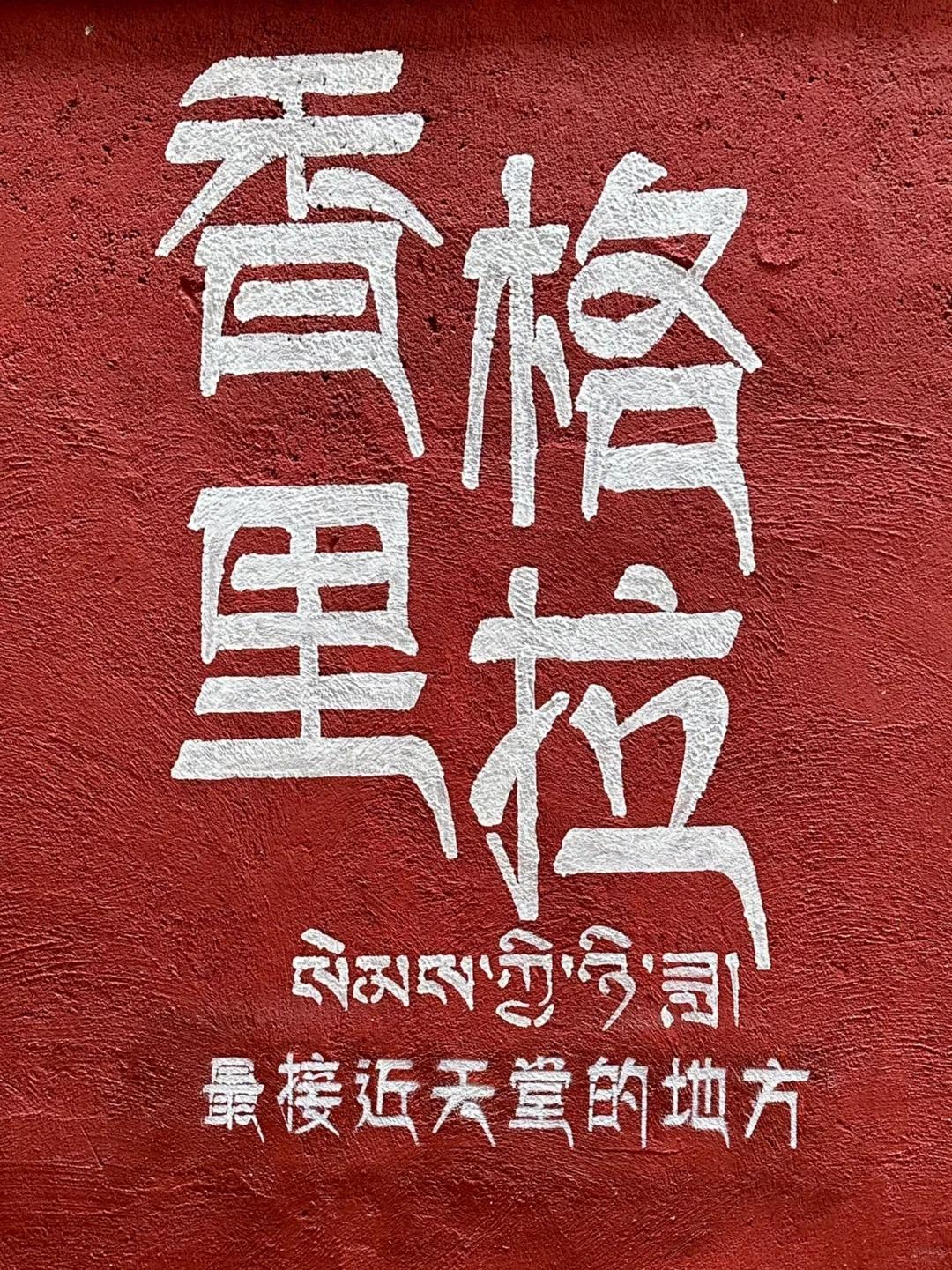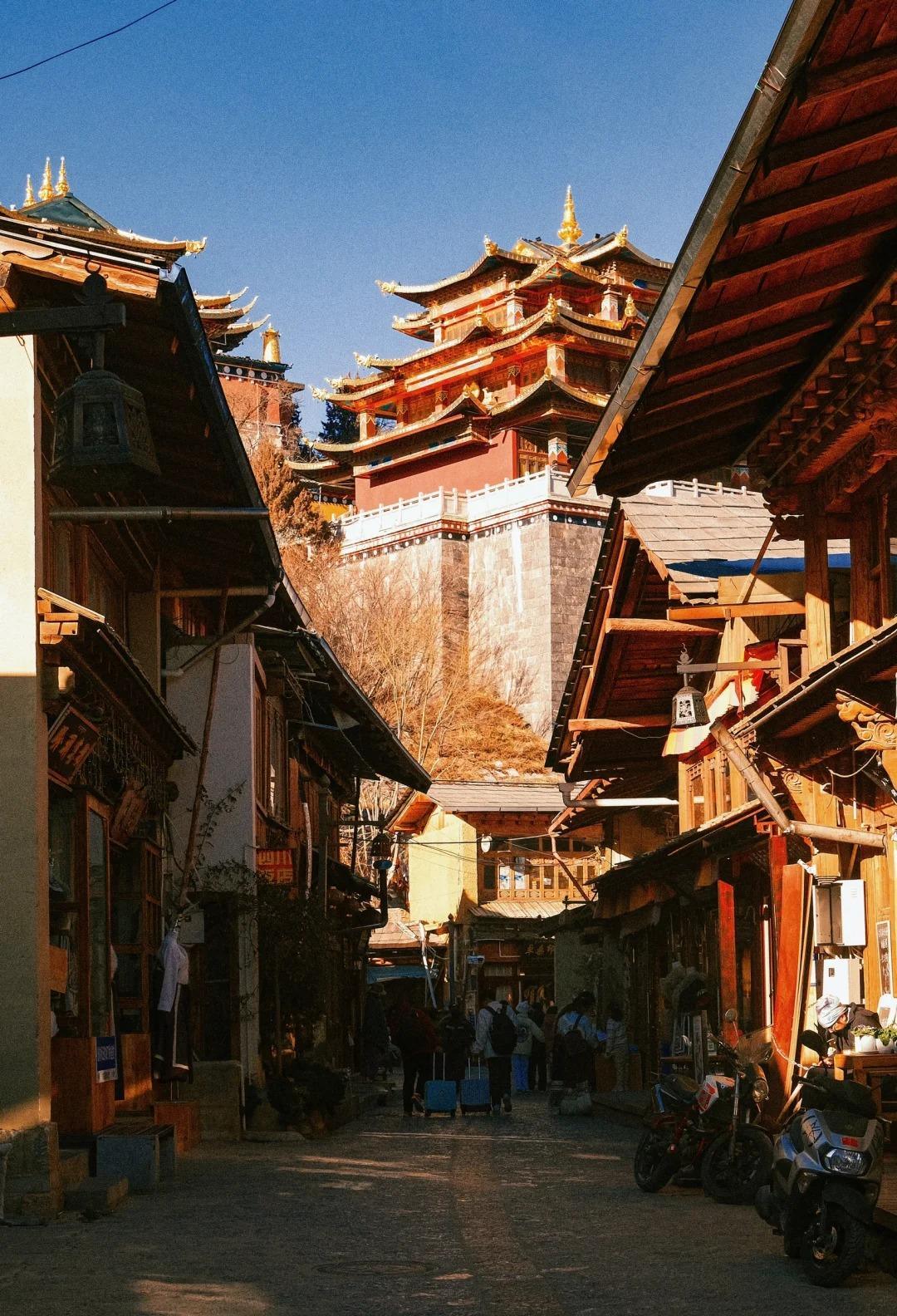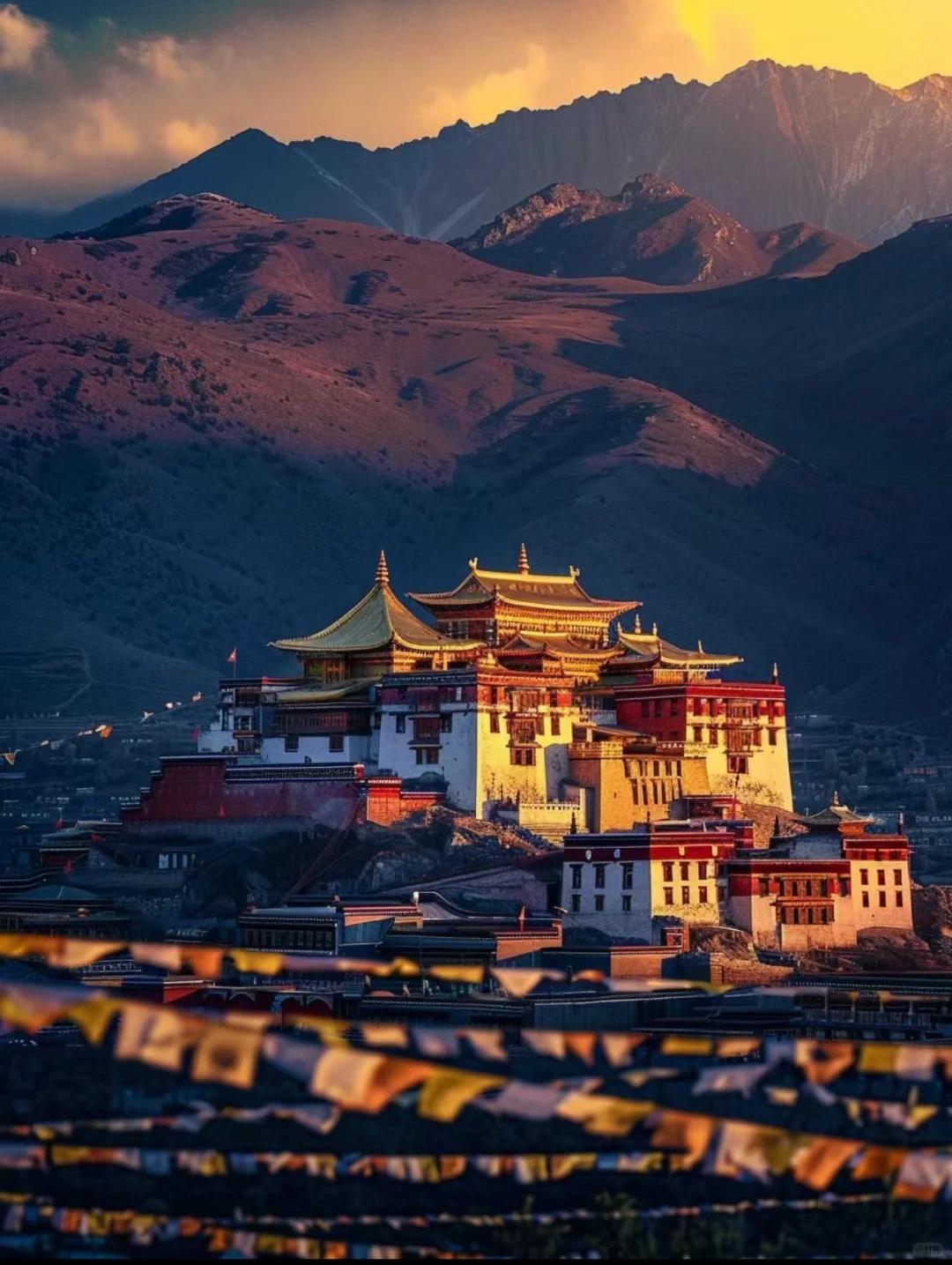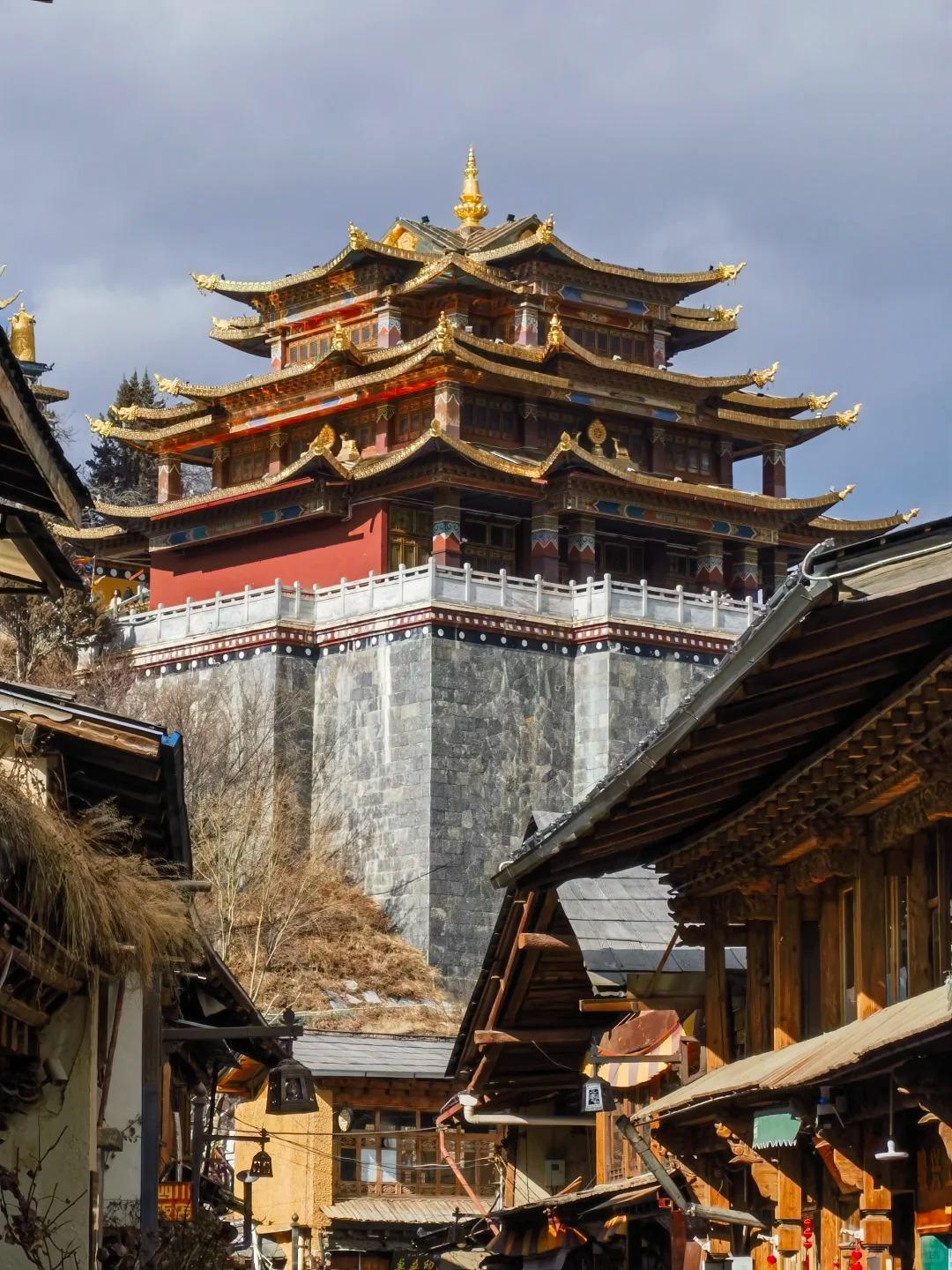Introduction to Shangri-La
Nestled in the northwestern corner of Yunnan Province, China, Shangri-La is a place where myth and reality intertwine. Formerly known as Zhongdian, this enchanting region was renamed in 2001 to evoke the fictional paradise described in James Hilton’s 1933 novel “Lost Horizon.”
At an elevation of 3,200 meters (10,500 feet), Shangri-La serves as a gateway to the Tibetan world. Its landscapes of snow-capped mountains, pristine lakes, and verdant forests create a backdrop for a rich tapestry of Tibetan culture and biodiversity.
The region’s history is as complex as its terrain, with influences from Tibetan, Naxi, and Han cultures shaping its unique identity. Today, Shangri-La stands as a testament to the harmonious coexistence of nature and human culture, offering visitors a glimpse into a world that seems lost in time.

Natural Wonders and Landscapes
Shangri-La’s natural beauty is nothing short of breathtaking:
- Meili Snow Mountain: A sacred peak for Tibetan Buddhists, offering stunning views of glaciers and snow-capped peaks.
- Pudacuo National Park: China’s first national park, home to pristine lakes, forests, and meadows.
- Napa Lake: A seasonal lake that transforms into a lush grassland, attracting diverse bird species.
- Balagezong Grand Canyon: A hidden gem with dramatic cliffs and winding rivers.
| Season | Landscape Highlights |
|---|---|
| Spring (April-May) | Wildflowers bloom, migratory birds return |
| Summer (June-August) | Lush green meadows, ideal for hiking |
| Autumn (September-October) | Golden foliage, clear skies for mountain views |
| Winter (November-March) | Snow-covered landscapes, fewer tourists |
The best time to visit for nature lovers is from June to October, when the weather is mild and the landscapes are at their most vibrant.
Tibetan Culture and Heritage
Shangri-La’s cultural landscape is dominated by Tibetan influences:
- Ganden Sumtseling Monastery: Often called the “Little Potala Palace,” this sprawling monastery is the largest Tibetan Buddhist monastery in Yunnan.
- Old Town of Dukezong: A well-preserved Tibetan town with traditional architecture and winding cobblestone streets.
- Tibetan Architecture: Characterized by flat roofs, carved wooden details, and colorful prayer flags.
Local customs and festivals provide insight into Tibetan life:
- Tibetan New Year (Losar) in February/March
- Gedong Festival celebrating the harvest in autumn
Religious practices, including prayer wheel turning and pilgrimage, are integral to daily life in Shangri-La.

Unique Experiences in Shangri-La
Immerse yourself in the local culture with these experiences:
- Stay in a Tibetan homestay to experience daily life firsthand.
- Sample yak butter tea, a staple drink that’s an acquired taste for many visitors.
- Attend traditional Tibetan music and dance performances, often held in the Old Town.
- Gaze at the stars in the clear mountain air, away from light pollution.
- Embark on hiking trails ranging from easy walks to challenging treks in the surrounding mountains.
These activities offer a deeper connection to the land and its people, allowing visitors to create lasting memories of their time in Shangri-La.
Local Cuisine and Specialties
Shangri-La’s cuisine reflects its Tibetan heritage and unique environment:
- Yak meat dishes: From hearty stews to dried yak meat snacks.
- Matsutake mushrooms: Prized fungi that grow in the region’s forests.
- Tibetan momo: Dumplings filled with meat or vegetables.
- Highland barley wine: A local alcoholic beverage perfect for cold evenings.
For a truly authentic experience, join a local family for a traditional Tibetan meal, typically featuring communal dishes served with barley or rice.

Practical Travel Information
Getting to Shangri-La:
- Fly to Diqing Shangri-La Airport from major Chinese cities
- Bus services from Lijiang or Dali (8-10 hours)
- Driving from Lijiang (about 4 hours)
Accommodation options range from luxury resorts like Banyan Tree Ringha to budget-friendly guesthouses in the Old Town.
Best times to visit:
- June to October for ideal weather and festivals
- Winter for snow scenes and fewer crowds
Altitude considerations:
- Allow 1-2 days for acclimatization
- Stay hydrated and avoid strenuous activities initially
Local transportation includes taxis, bike rentals, and guided tours for more remote areas.

Sustainable Tourism and Cultural Preservation
Shangri-La faces the challenge of balancing tourism development with cultural and environmental preservation:
- Local initiatives promote traditional crafts and sustainable agriculture.
- Eco-lodges and community-based tourism projects support local communities.
Responsible travel tips:
- Respect religious sites and local customs
- Support local businesses and artisans
- Minimize plastic waste and practice Leave No Trace principles
The future of Shangri-La depends on sustainable practices that protect its unique ecosystems and cultural heritage. Visitors play a crucial role in supporting these efforts through responsible travel choices.
As you explore Shangri-La, you’ll find yourself transported to a world where ancient traditions thrive amidst stunning natural beauty. The region’s Tibetan influences create a unique cultural landscape that feels worlds away from modern China.
Whether you’re spinning prayer wheels at Ganden Sumtseling Monastery, trekking through alpine meadows, or sharing a meal with a local family, Shangri-La offers experiences that resonate long after your visit. It’s a place that challenges our notions of paradise, reminding us that true beauty lies in the harmony between people and their environment.
As you leave Shangri-La, you may find yourself questioning whether you’ve truly found the mythical paradise of Hilton’s novel. But one thing is certain: you’ll carry with you the memories of a place where the spirit of Tibetan culture and the majesty of nature create their own kind of heaven on earth.






